
Armand Baltazar, Digital, 2010.

Armand Baltazar, Digital, 2010.
“I really wanted to start off with something that was the complete opposite of what the audience would expect from the sequel to Cars. People are expecting to see Lightning McQueen, Mater, NASCAR-style racing, Radiator Springs, Route 66, the Southwest . . . but instead, the first thing you see is ocean. And then there’s a boat. And out in the middle of the ocean, there’s a little car riding on this boat and he’s looking for another car. You’re thinking, ‘Wait a minute—what’s going on here?!’”
—JOHN LASSETER, director
The decision to give Cars 2 an action/suspense opening, so wildly different from the first film, inspired the Cars 2 creative team and evolved into a key collaboration between the art and story departments. As sketch artist Kristian Norelius designed the offshore oil platform that Finn McMissile would sneak onto to save his colleague, story artists Scott Morse, Bill Presing, Alex Woo, and Bobby Rubio boarded each beat, shot by careful shot. Said Norelius of his initial approach to the platform’s design: “After looking at reference photos I took out my pencil and just started sketching. With a big thing like a derrick it’s important to get everything out of your brain as fast as possible.”
The story team’s approach was similar: “With the spy opening, we figured we could get some unique energy into the work if we set aside our Cintiqs and Photoshop for a couple of weeks,” says Scott Morse, “so we pulled out pads of paper, some 4B pencils, and brush pens and started drawing. We got our hands dirty with graphite and ink, and littered the floor with crumpled paper instead of sitting in our office hitting hot keys.”
As the sequence unfolds, with Finn McMissile rappelling up the side of the massive rig, the sheer verticality of the set becomes evident—yet another thing that differentiates Cars 2 from its predecessor. “In the first movie, there wasn’t a lot of reason for extreme camera angles or up and down shots, unless you’re a helicopter looking down on a race,” says story artist Brian Fee. “In the sequel, mostly because of the action, the camera is opened up, spatially, so you’re not just looking at a horizon.”
The scale and depth of the set is never better illustrated than toward the end of the sequence, when McMissile dives from the top of the oil platform and into the water. The subsequent chase and final smash cut to sleepy, pleasant Radiator Springs set the stage for the rest of the movie. “As a storyteller, you’re promising that these two worlds—the world you’re familiar with and the world you’re not familiar with—are going to collide somehow,” says Lasseter. “And as a moviegoer, if I see that, it’s like, ‘I’m in.’”
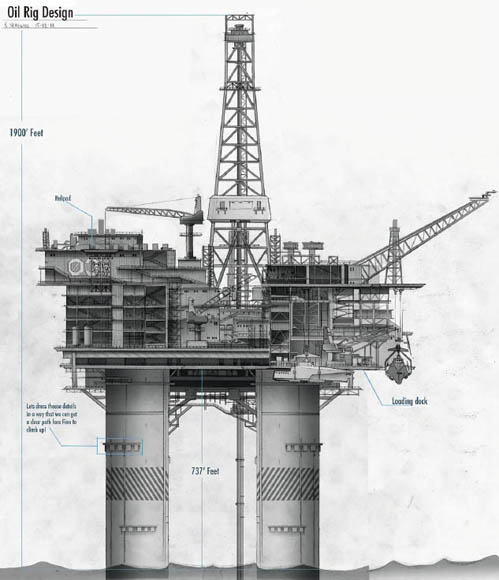
Model Packet, Kristian Norelius, Pencil/Digital, 2010.

Grant Alexander, Pencil/Digital, 2009.
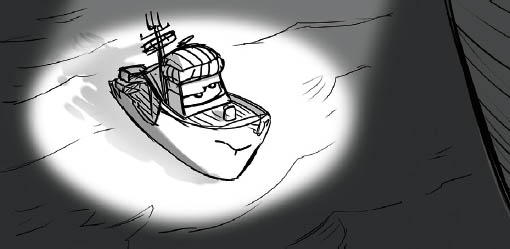
Storyboard, Scott Morse, Digital, 2010.
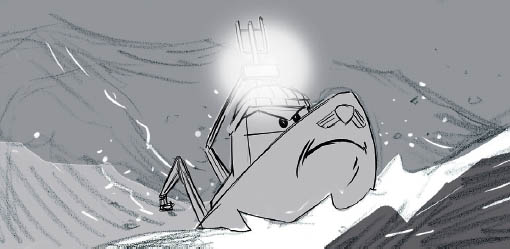
Storyboard, Bobby Rubio, Digital, 2010.
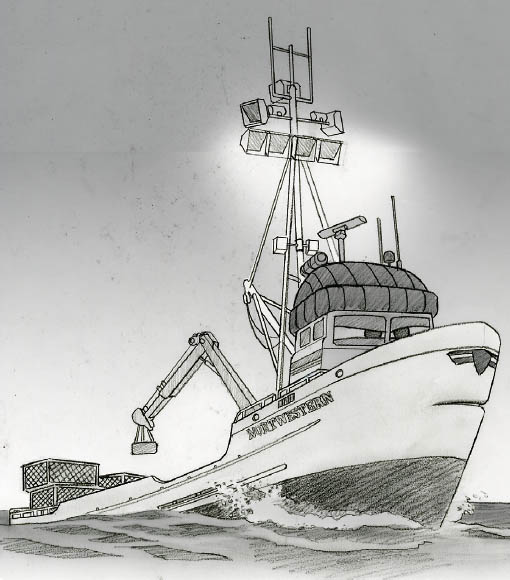
Grant Alexander, Digital, 2010.

Lighting Study, Sharon Calahan, Digital paint over set render, 2010.

Kristian Norelius, Pencil/Digital, 2010.
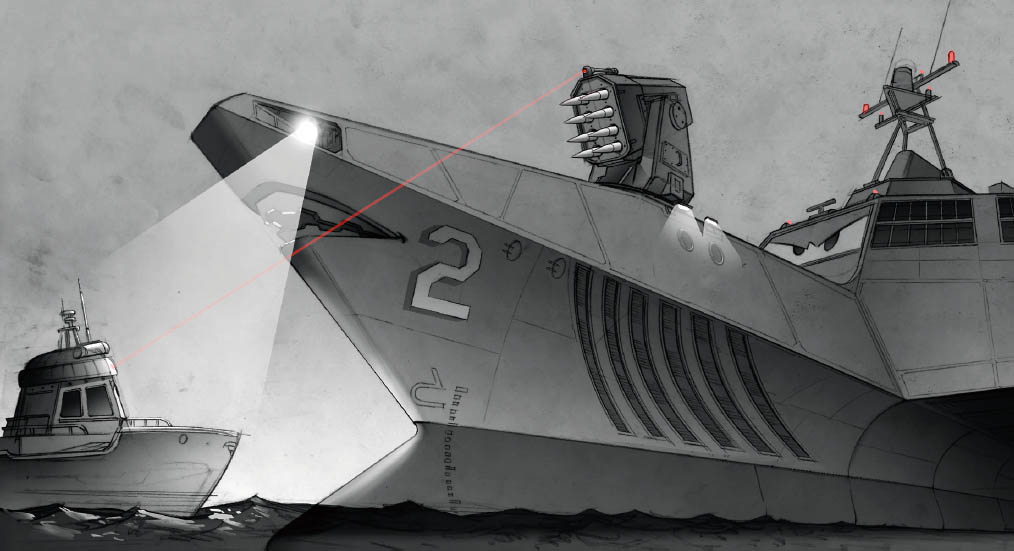
Kristian Norelius, Pencil/Digital, 2010.
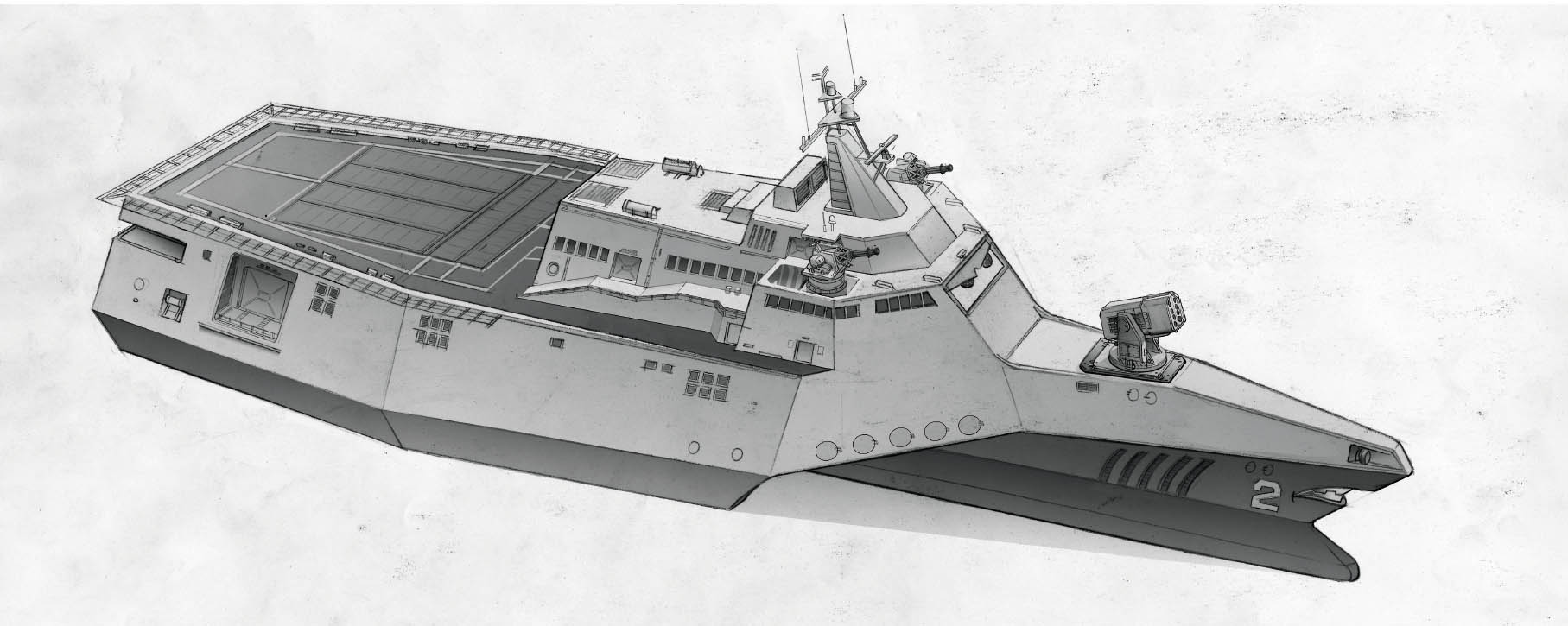
Kristian Norelius, Pencil/Digital, 2010.
“I love the way we’re opening the film: going out on that oil derrick in the middle of the ocean, and then cutting back to Radiator Springs and seeing our friends from the first movie. It really whets your appetite—you know you’re in for something special.”
—DENISE REAM, producer
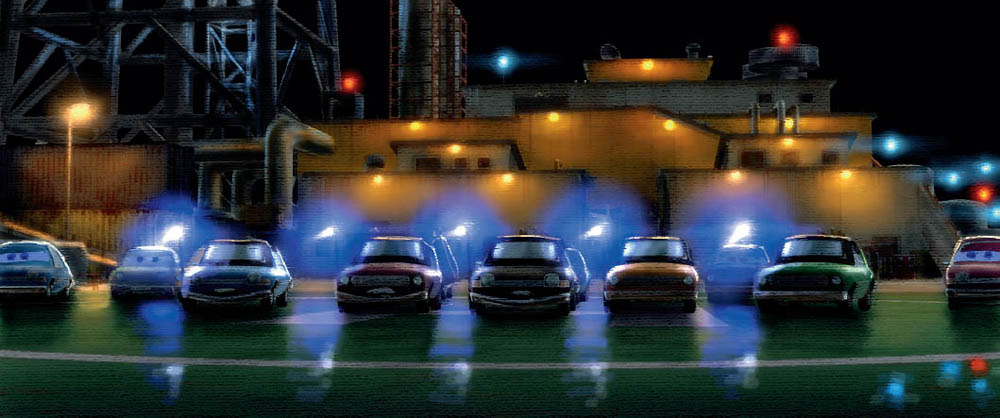
Lighting Study, Sharon Calahan, Digital paint over set render, 2010.
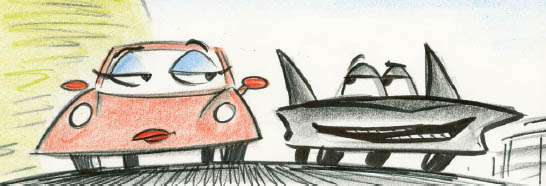
Storyboard, Rob Gibbs, Colored pencil/ink, 2002.
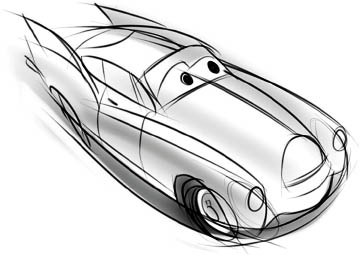
Jay Shuster, Digital, 2008.

Jay Shuster, Digital, 2008.
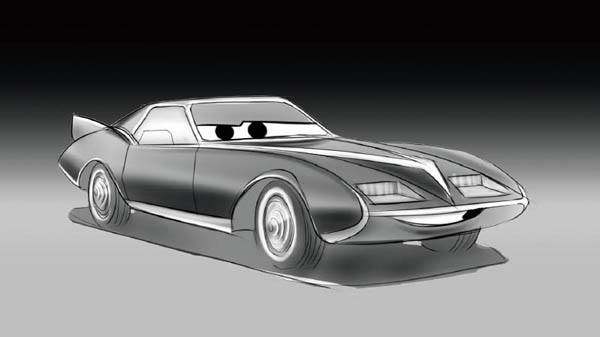
Grant Alexander, Pencil/Digital, 2008.
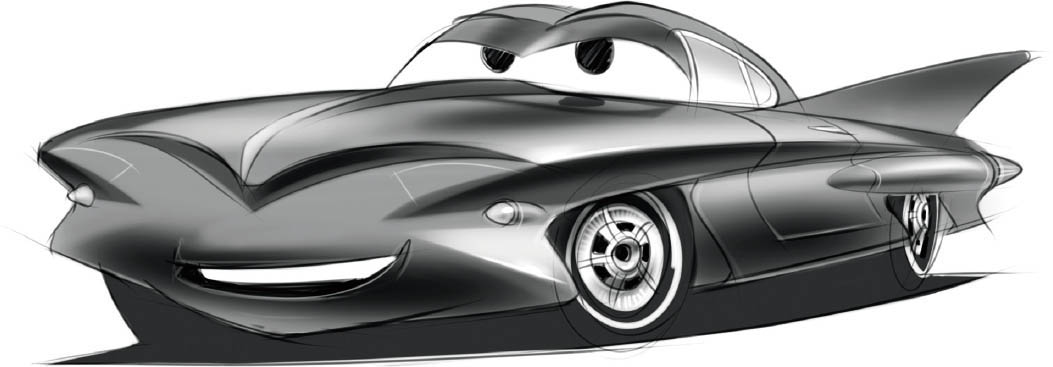
Jay Shuster, Digital, 2009.
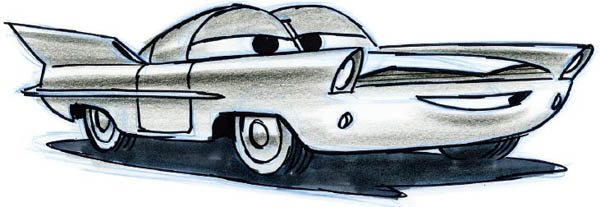
Grant Alexander, Pencil/Marker, 2008.
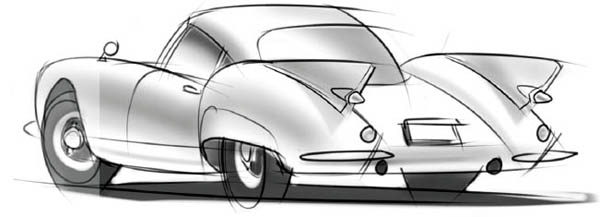
Jay Shuster, Digital, 2008.

Jay Shuster, Digital, 2009.
“Finn is understated and refined, like a proper undercover agent. The fact that his look was complete before we knew all of the stunts he’d be doing was a good thing; it forced me to economize and adapt all the gadgets to his existing base design. This preserved his seemingly unassuming nature and actually helped dial up the impact when his spy tool arsenal is deployed throughout the story.”
— JAY SHUSTER, character art director
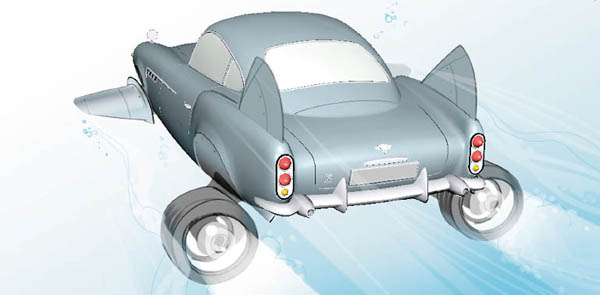
Jay Shuster, Digital, 2010.